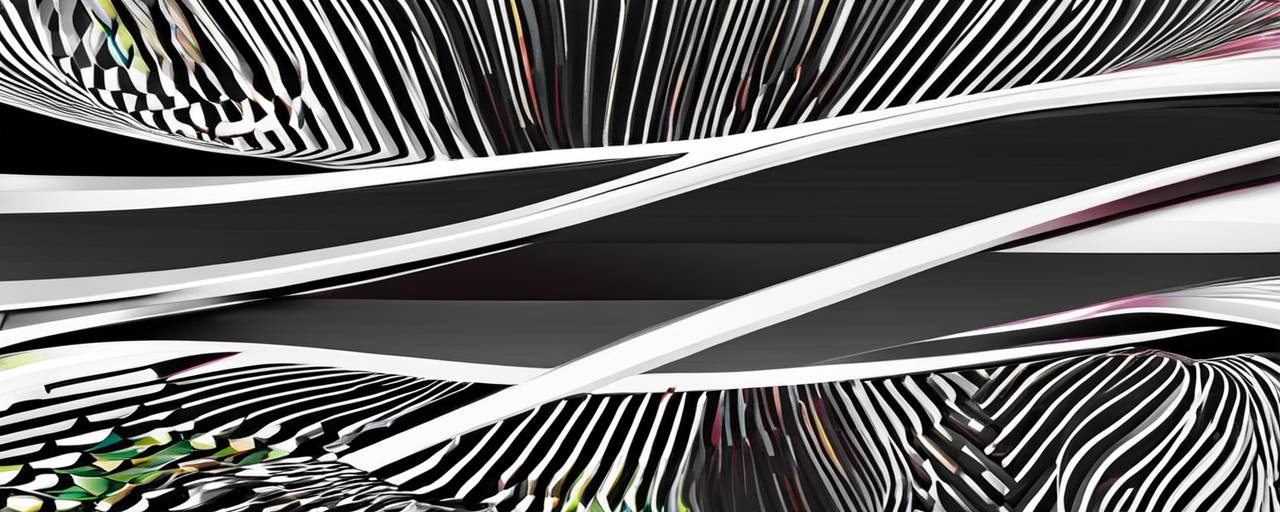Thumbnail Design Workshop: From Concept to Creation

Thumbnail Design Workshop: From Concept to Creation
Introduction to Thumbnail Design
The process of thumbnail design plays a key role in grabbing a viewer’s attention. Whether you are a professional video content creator, an advertising professional, or simply a beginner exploring ways to draw in an audience, this guide will provide step-by-step instructions on how to effectively use Thumbmachine’s innovative solutions for thumbnail creation.
Understand Your Audience
The first stage to any design process is understanding the target audience. That’s because you’re not just making an image, you’re making an image that needs to be enticing to a specific audience. Understanding who your target audience is, their preferences, and what appeals to the majority should influence your design process. Hence, start with comprehensive audience research, and use these insights to guide your thumbnail design.
Laying the Groundwork in Thumbmachine
![]()
Keep your audience’s preferences in mind while initiating the thumbnail design in Thumbmachine. Open Thumbmachine and start a new project. This creates a workspace where you can let your creativity flow. Make sure you have all your assets such as images, logos, and any other elements you wish to add to your thumbnail.
 Incorporating the Elements of Design
Incorporating the Elements of Design
Whether you’re an experienced graphic designer or just starting out, the principles of design remain constant. Use the fundamental elements – balance, emphasis, unity, contrast, and repetition – to guide your creation. Don’t clutter your design, keep the balance by equally distributing elements throughout the thumbnail. Include contrasting elements to draw attention, repeat certain elements for continuity, and make sure the thumbnail gives a unified message.
Incorporating the Elements of Design
As a graphic designer, the elements of balance, emphasis, unity, contrast, and repetition form the backbone of your every design. These timeless principles serve as an excellent guiding light for every little detail that goes into your creation. This guide effectively breaks down how these design elements can be integrated into your process. Ultimately, it’s all about achieving a harmonious blend that effectively communicates your intended message, without excessively cluttering your designs.
- Balance: You must strive to maintain a sense of equality in your designs. This doesn’t necessarily mean you need to have mirror-symmetry. Instead, you should focus on the visual weight of the elements in your design. This might include aspects such as the size and color of various objects or the white space around them. For instance, larger, darker elements would appear heavier than smaller, lighter ones. Balance isn’t just a visual consideration, but it brings a sense of stability and structure to your designs, which is essential for viewer comfort. A balanced design isn’t distracting or chaotic and guides the viewer’s eye smoothly through the piece. 🎨
- Emphasis: Emphasis is a means of highlighting one or more significant elements in your design, thus creating a focal point. To create emphasis, you could use a contrasting color, size, or shape, place the item in a prominent location, or surround the focal point with white space. For example, if a specific product or piece of information needs to stand out in your design, use emphasis to make it the star of your thumbnail.
- Unity: Unity is about tying the elements in your design together to form a cohesive whole. A unified design retains its message reliably, with no elements feeling disjointed or out of place. Unity could be attained through the use of color schemes, design styles, textures, or even certain shapes that repeat in different parts of your design. So, to achieve a unified outlook, keep an eye on recurring themes, and make sure they blend well together.
- Contrast: Adding elements that are opposite in nature can allow certain design features to pop out and draw the viewer’s attention. This could be a significant color contrast, different shapes, or mixing different textures. Contrast can help create emphasis and hierarchy, making it easier for the viewer to distinguish between the different elements of your design.
- Repetition: Repeating certain elements in your designs can create consistency, which can help reinforce specific ideas and create a sense of unity. This could be a specific color, texture, shape, or even a certain placement of elements. However, be careful not to overdo it, as too much repetition can make your design look monotonous and dull.
Incorporating these elements into your design process will help you create stunning visuals that deliver your intended message effectively. Don’t be afraid to experiment a little – these principles are meant to be a guide, not a strict rule book.
Using AI to Enhance Your Design
What truly differentiates Thumbmachine from traditional design tools is its AI capabilities. These Artificial Intelligence features can help enhance your design, make it more professional, and much more attractive to the viewer. By simply selecting the AI enhancement option, Thumbmachine evaluates your design and suggests improvements.
Finishing Up: Review and Refine
Before you finalize your thumbnail, take a moment to review. Ask yourself if the design fits the video content, if it would appeal to your target audience, and if the most essential elements are clearly visible. 🔎
Then, refine your design accordingly. Remove any unnecessary clutter, enhance the visibility of the key elements, and adjust colors to make the thumbnail pop. Use Thumbmachine’s easy-to-use platform to make these changes effortlessly.
Exporting and Uploading Your Thumbnail
Once you are satisfied with your thumbnail design, it’s time to export it. Thumbmachine provides options to save your design in several formats to accommodate different video platforms. After exporting, upload the thumbnail to your video platform of choice.
This concludes our ‘Thumbnail Design Workshop: From Concept to Creation’ guide. Remember, practice makes perfect. Keep experimenting with different styles, techniques and always be open to learning. Happy designing!
–Jada
Tagged as:How to Create Thumbnails That Complement Your Content Creating a thumbnail that complements your video content is a critical step in engaging your audience. It’s akin to window display in retail – a well-designed thumbnail is an in...
Thumbnail Design and Viewer Psychology: Understanding the Connection As a content creator, you might understand the importance of having an engaging thumbnail design. Thumbnails can significantly influence your viewer’s decision ...





